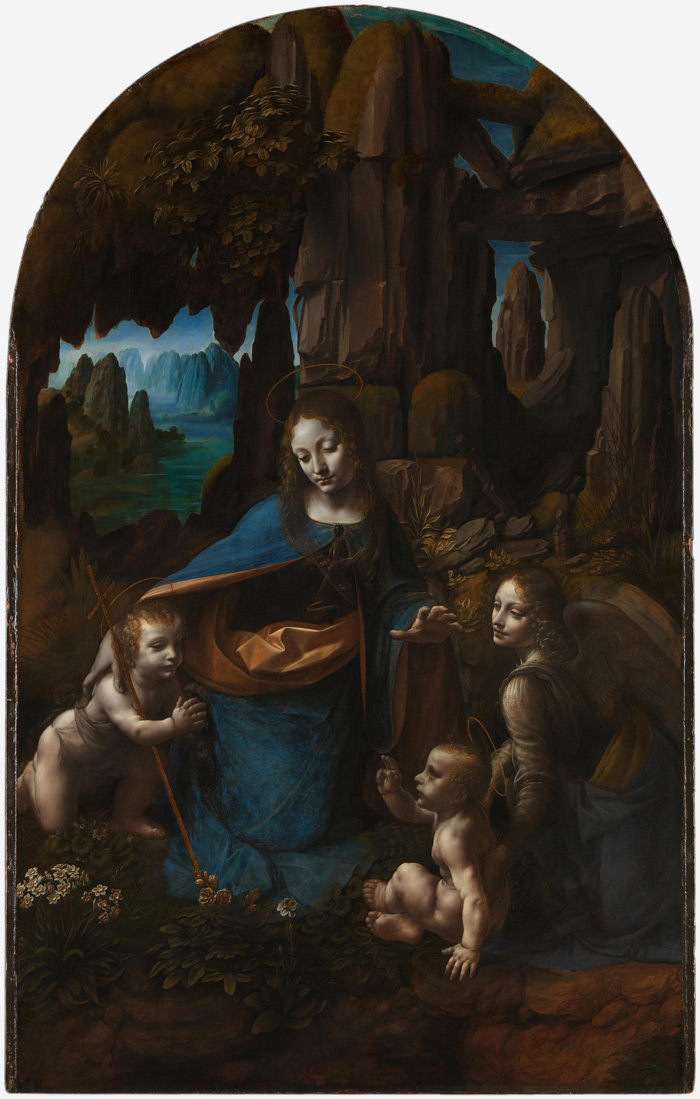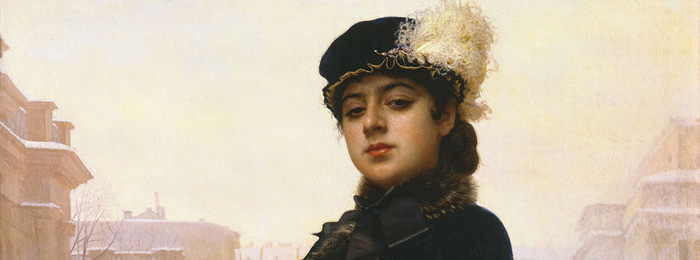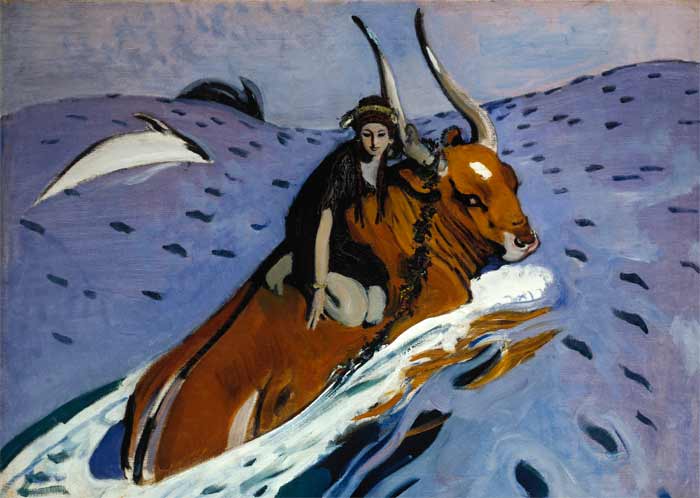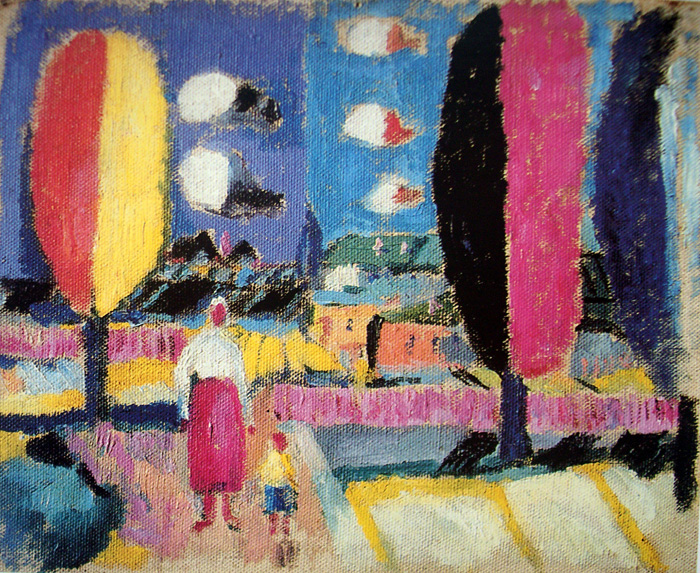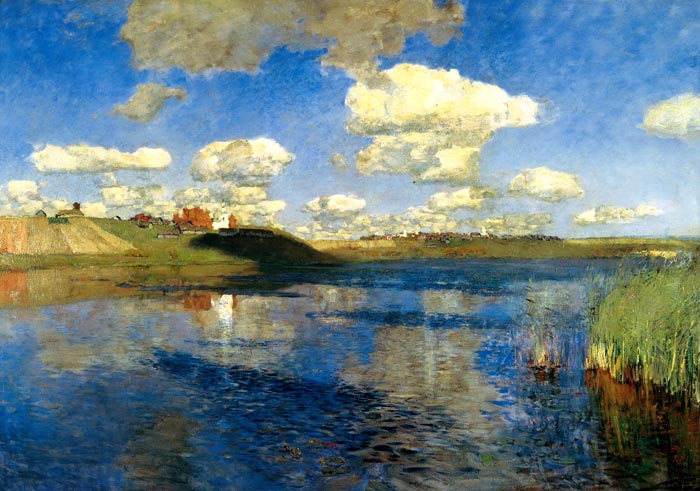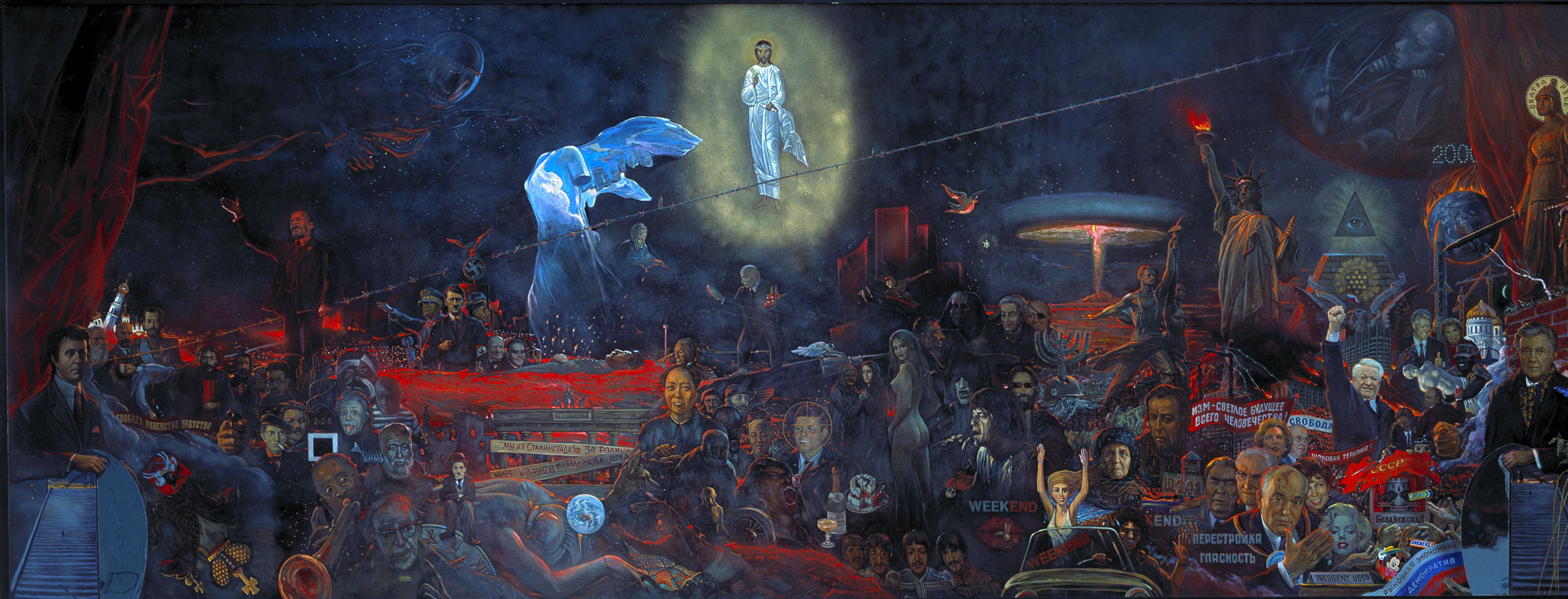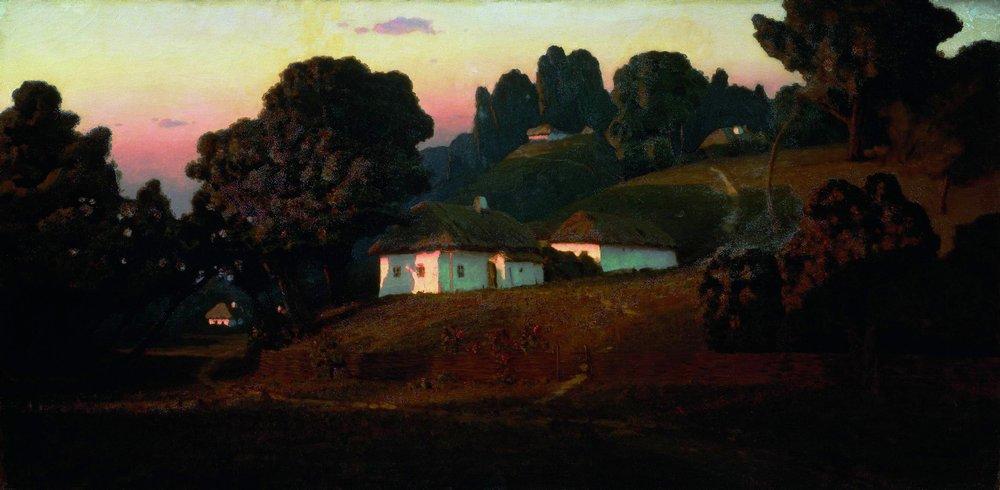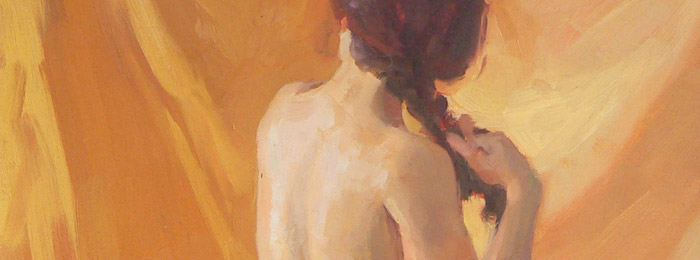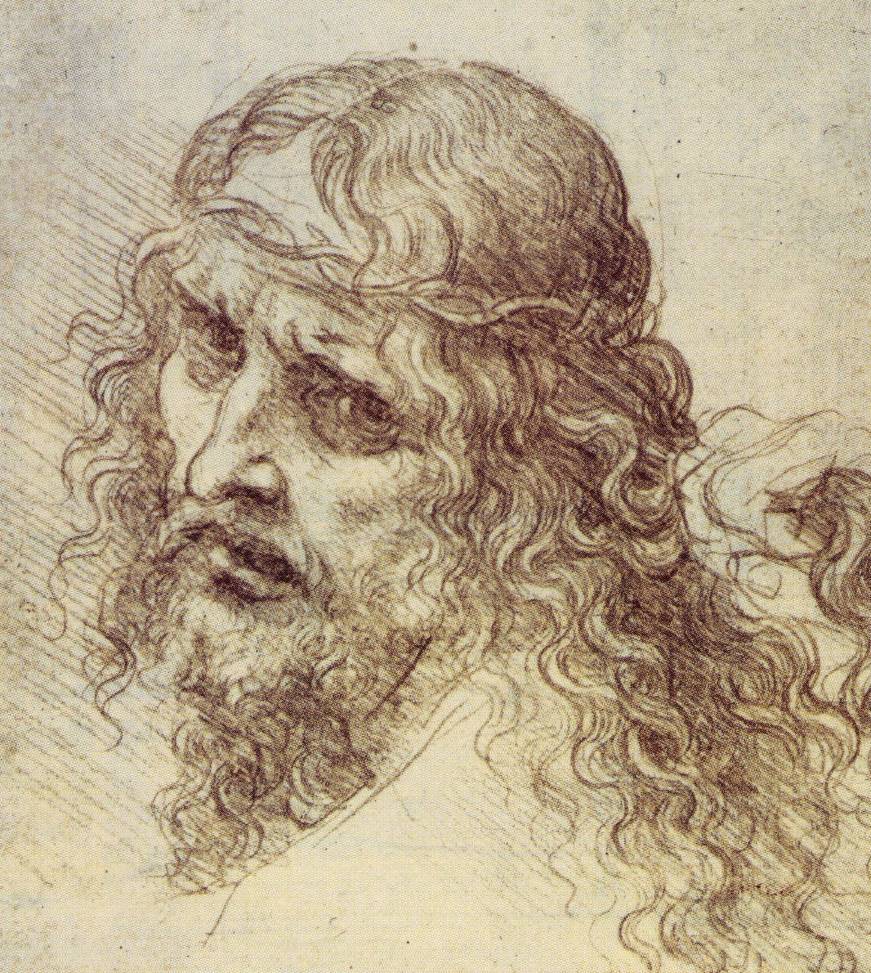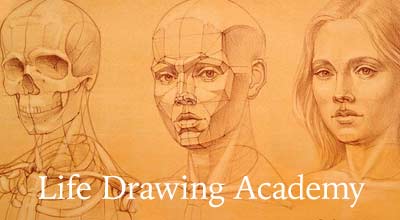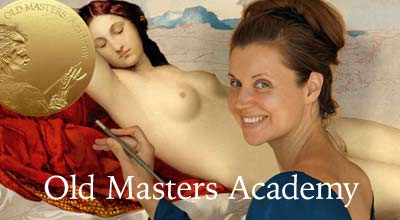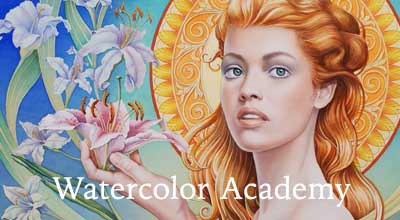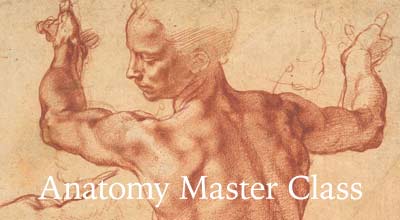Ilya Repin
Article by Vladimir London, Drawing Academy tutor
Ilya Repin was born on 24 July 1844, in Chuguevo, Ukraine. A talented artist from a young age, local icon painters recognized his gifts and took him under their wing. The young man also worked for them, earning enough money to move to St. Petersburg and enter a painting school, from which he ascended in 1863 to join the Academy of Fine Arts. Despite his personal gifts, he viewed himself as merely lucky, and worked as a house-painter to support himself during his studies.
The most famous painting from his early period, and the one that began his ascent within the art world, was Barge Haulers on the Volga. Inspired by scene he witnessed on Neva River, the painting depicts a collection of men harnessed together, struggling to pull a large ship along the river. Repin created a Realist masterpiece in this painting, using a muted palette of earth tones and depicting real men (he found actually men with the harried but resolute expressions to model the characters in the painting) rather than sentimentalized caricatures. Barge Haulers sharply divided the opinions of the art world, with some conservative critics condemning the blunt humanity. Repin’s skill, however, was beyond reproach. ..



